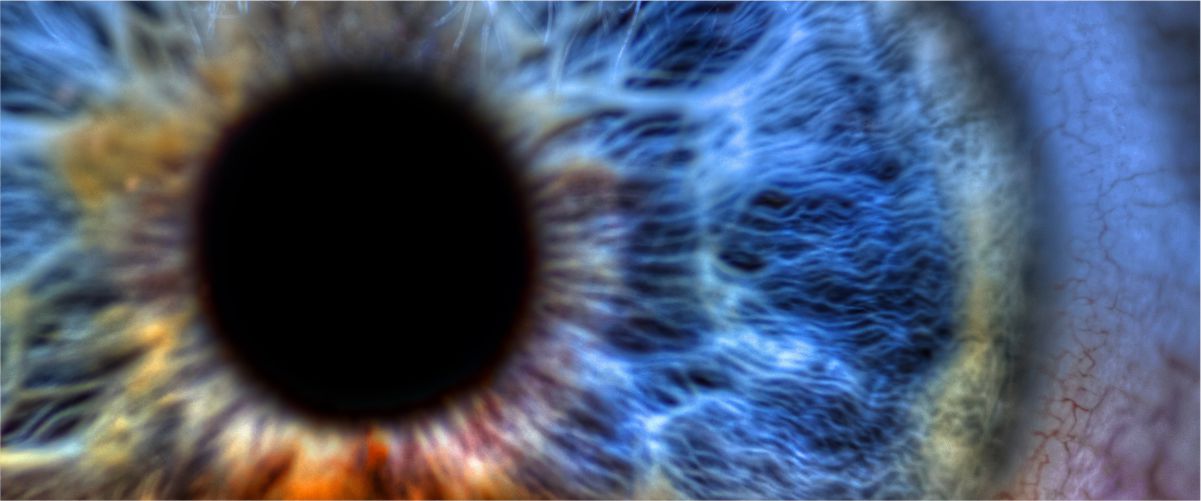Comprehensive Eye Exams Can Detect Diseases That Impact Vision

Things change as we age and that is certainly true when it comes to our vision. Just like we get regular check-ups to keep our bodies healthy, we need comprehensive eye exams to detect eye diseases that may permanently reduce vision.
Some eye diseases have no early symptoms. Once you notice changes in your vision the eye disease has already advanced beyond its early stages. A comprehensive eye exam can detect these diseases in their early stages, when treatment is most effective. Here are some of the diseases that need to be detected early:
Age-related macular degeneration (AMD): AMD is a leading cause of low vision and blindness in Americans age 60 years and older. The disease affects the retina, a paper-thin tissue lining the back of the eye, and causes the cells in the macular area to die. This causes blind spots and visual distortions in the center frame of vision. Up to 11 million Americans have some form of AMD, including the wet and dry forms.
Cataracts: Cataracts cause cloudy vision as the lens of the eye begins to harden. They can also cause colors to appear dull and an increased sensitivity to glare. Cataracts can also make it more difficult to discern contrasting colors. This is one eye disease that you will notice as it develops.
Diabetic retinopathy: This is one of the most common diabetic eye diseases. It occurs when tiny blood vessels in the retina (capillaries) are damaged from high blood sugar levels. Over time the blood vessels leak into the eye causing swelling that impacts vision. Diabetic retinopathy can cause permanent vision loss. The only way you can tell if you have this disease is through a comprehensive eye exam.
Glaucoma: Glaucoma is one of the most common chronic eye diseases for seniors and is the leading cause of blindness for those over the age of 64. The disease damages the eye’s optic nerve. Usually fluid builds up in the front part of the eye, increasing pressure in the eye and damaging the nerve. In its early stages, glaucoma has no symptoms. In fact, half the people with glaucoma do not know they have it. You are at higher risk if there is a history of glaucoma in your family.
What is an Advanced Low Vision eye exam like?
An LVS eye exam is conducted to determine current levels of vision. If you are suffering from low vision, we want to measure exactly what that level is. Over the course of one to two hours our physicians will conduct a comprehensive low vision exam that creates a thorough and detailed roadmap of your sight. The purpose of the exam is to help physicians understand, and patients articulate, the ways in which low vision impacts the ability to function in daily life. We do this through proven questions and clinical tools. Our clinical exam of your sight, combined with first hand demonstrations of its function, will give our physicians the comprehensive information they need to enhance your vision.
As the evaluation progresses, you will experience what improved vision looks like and how it can change your daily life. You will try different types of sight magnification tools, allowing our physicians to analyze how they impact your level of vision.
If you have been told that nothing more can be done to enhance your low vision, make an appointment to see us. We believe that low vision can be enhanced and we prove it with the care we deliver every day.



